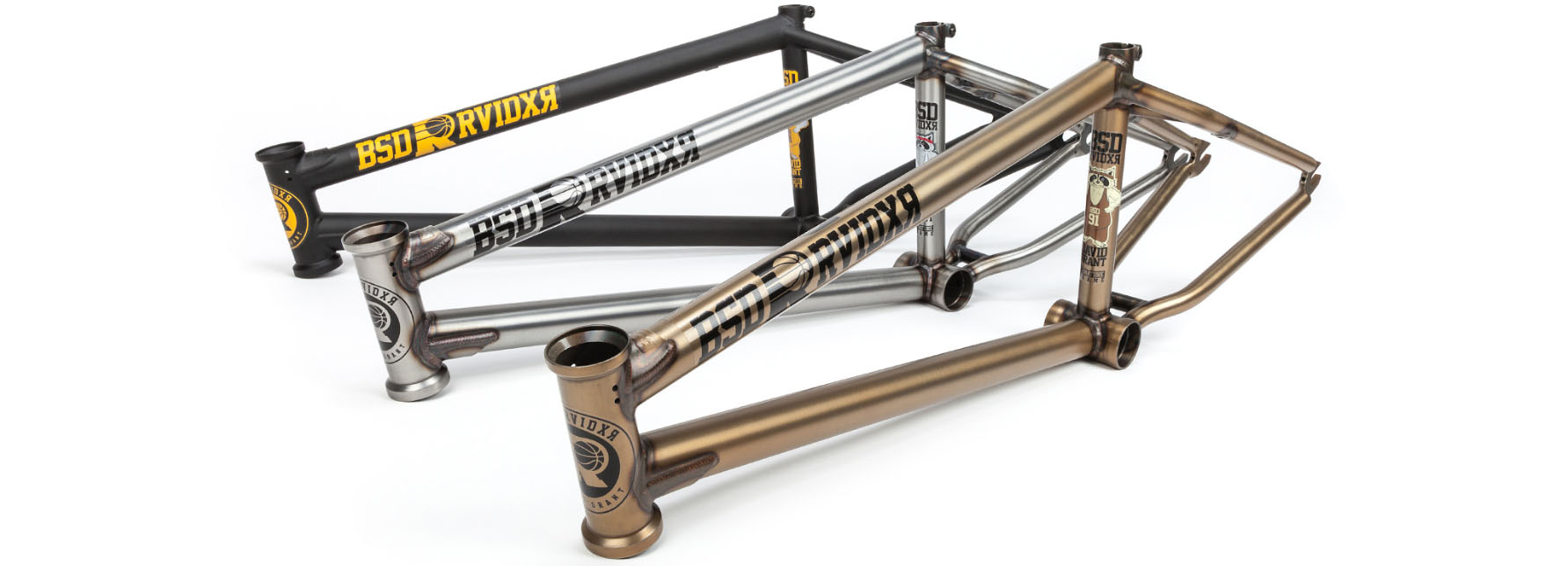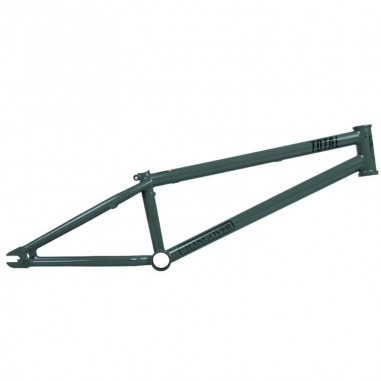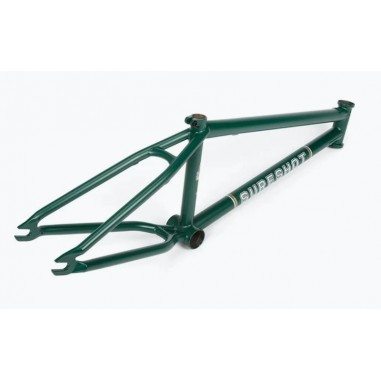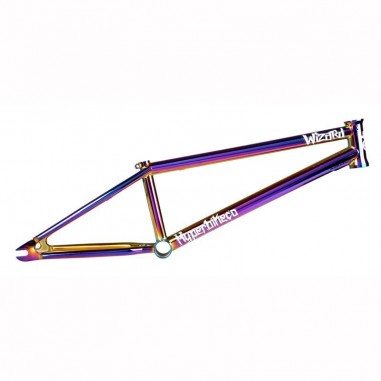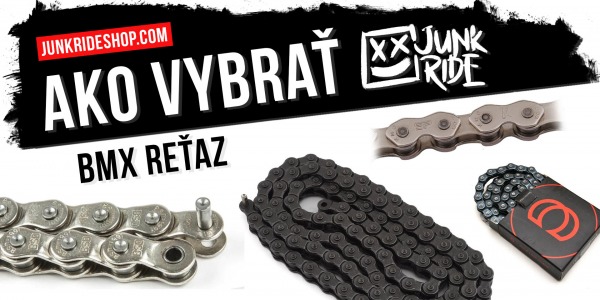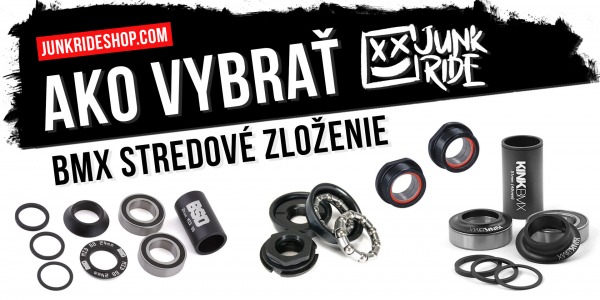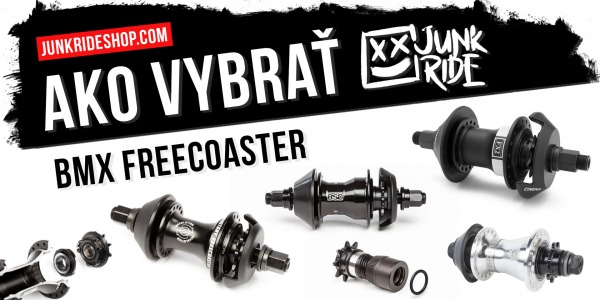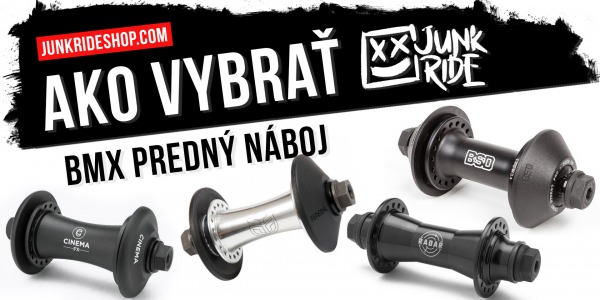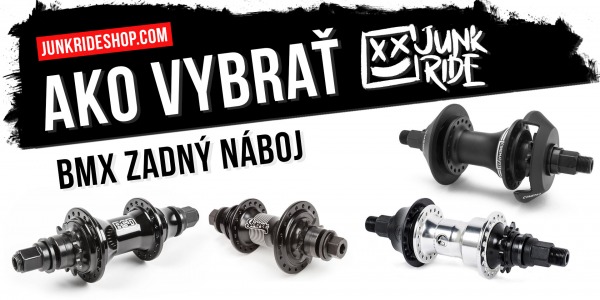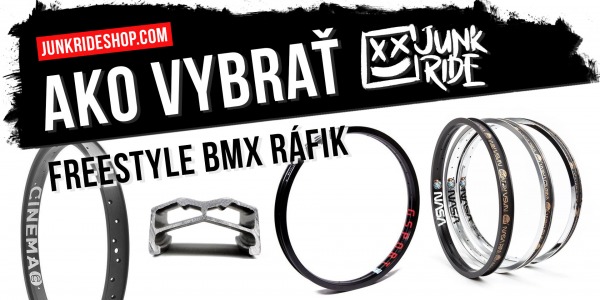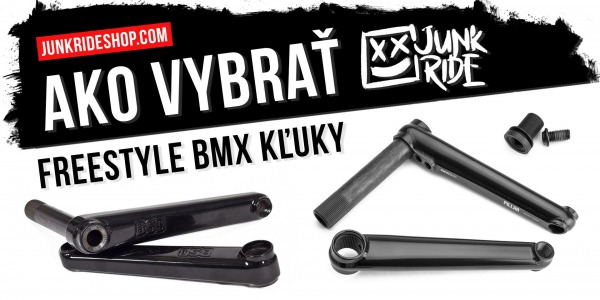- Tommy Kunz
- HOW TO CHOOSE
- 24164 views
The right choice of a Freestyle BMX frame is a crucial matter, whether it's for building a custom BMX bike or for any other reason. In this article, we will provide advice and clarify a few key factors when selecting a new Freestyle BMX frame.
The height of the seat tube is important for the stability of the frame and also affects the rider's posture on the bike.
If it is lower, the bike is less stable but more maneuverable for park tricks such as tailwhip, as the frame is easier for the rider to clear in the air.
If the seat tube is higher, the saddle itself is higher, and it provides better support for the rider's legs, creating a feeling of stability and greater confidence.
In today's world, when it comes to freestyle BMX frames, two of the most common types of steel are used:
Hi-Tensile Steel : This is a lower-quality steel, suitable for beginners and less advanced riders.
4130 CrMo (Chromoly) Steel : Chromoly steel, often heat-treated, is used in professional-grade frames known for excellent rigidity and durability.
The rear chainstay length is measured from the center of the bottom bracket to the center of the rear axle dropouts.
This length affects the agility of the frame. The shorter it is, the more playful the entire freestyle BMX bike becomes, and it's easier to perform tricks involving rotations (e.g., 360-degree spins).
However, when the rear chainstay is longer, the frame is much more stable in the air.
This is preferred, especially by dirt riders. Shorter rear chainstays are favored by street riders and many park riders.
The length of a freestyle BMX frame is denoted by the overall geometric length of the top tube (referred to as TT - Top Tube).
The rest of the frame geometry depends on it.
20" - 20.5" = Suitable for riders from 153cm to 169cm.
20.5" - 20.75" = Suitable for riders from 170cm to 183cm.
21" and above = Suitable for riders 184cm and taller.
The head tube angle on a freestyle BMX frame affects the sensitivity of the steering and also to some extent, the agility.
Currently, the most common angle is 75°.
If the frame has an angle greater than 75°, the steering is more sensitive. If it's less than 75°, it's less sensitive.




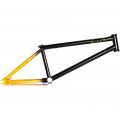
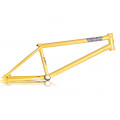

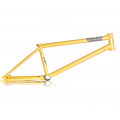
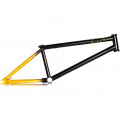
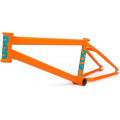
.jpg)
